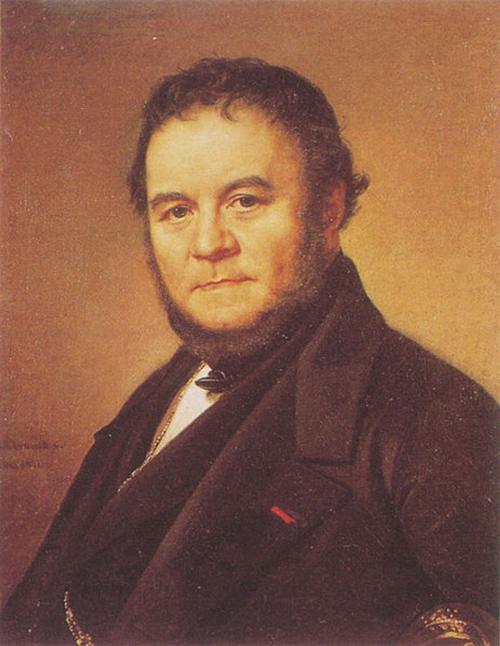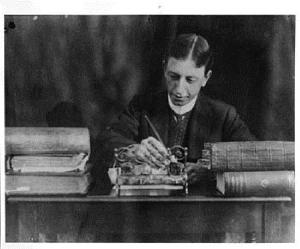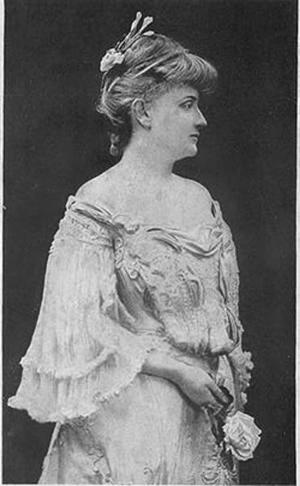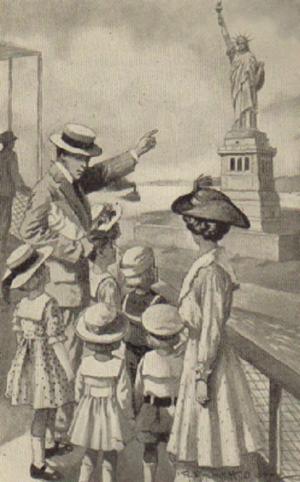Stendhal: La Chartreuse de Parme and Le Rouge et le Noir in the original French
Fiction & Literature, Classics| Author: | Stendhal | ISBN: | 9781455392827 |
| Publisher: | B&R Samizdat Express | Publication: | December 15, 2009 |
| Imprint: | Language: | French |
| Author: | Stendhal |
| ISBN: | 9781455392827 |
| Publisher: | B&R Samizdat Express |
| Publication: | December 15, 2009 |
| Imprint: | |
| Language: | French |
This file includes Stendhal's best-known novels: Le Rouge et Le Noir, 1830, and La Chartreuse de Parme, 1839, both in the original French. According to Wikipedia: "Marie-Henri Beyle (January 23, 1783 March 23, 1842), better known by his pen name Stendhal, was a 19th-century French writer. Known for his acute analysis of his characters' psychology, he is considered one of the earliest and foremost practitioners of realism in his two novels Le Rouge et le Noir (The Red and the Black, 1830) and La Chartreuse de Parme (The Charterhouse of Parma, 1839)... Contemporary readers did not fully appreciate Stendhal's realistic style during the Romantic period in which he lived; he was not fully appreciated until the beginning of the 20th century. He dedicated his writing to "the Happy Few." This is often interpreted as a dedication to the few who could understand his writing, or as a sardonic reference to the happy few who are born into prosperity (the latter interpretation is supported by the likely source of the quotation, Canto 11 of Byron's Don Juan, a frequent reference in the novel, which refers to "the thousand happy few" who enjoy high society), or as a reference to those who lived without fear or hatred. It may also refer, given Stendhal's experience of the Napoleonic wars, to the "we few, we happy few, we band of brothers" line of Shakespeare's Henry V. Today, Stendhal's works attract attention for their irony and psychological and historical dimensions. Stendhal was an avid fan of music, particularly the works of the composers Cimarosa, Mozart and Rossini. He wrote a biography about Rossini, Vie de Rossini (1824), now more valued for its wide-ranging musical criticism than for its historical content."
This file includes Stendhal's best-known novels: Le Rouge et Le Noir, 1830, and La Chartreuse de Parme, 1839, both in the original French. According to Wikipedia: "Marie-Henri Beyle (January 23, 1783 March 23, 1842), better known by his pen name Stendhal, was a 19th-century French writer. Known for his acute analysis of his characters' psychology, he is considered one of the earliest and foremost practitioners of realism in his two novels Le Rouge et le Noir (The Red and the Black, 1830) and La Chartreuse de Parme (The Charterhouse of Parma, 1839)... Contemporary readers did not fully appreciate Stendhal's realistic style during the Romantic period in which he lived; he was not fully appreciated until the beginning of the 20th century. He dedicated his writing to "the Happy Few." This is often interpreted as a dedication to the few who could understand his writing, or as a sardonic reference to the happy few who are born into prosperity (the latter interpretation is supported by the likely source of the quotation, Canto 11 of Byron's Don Juan, a frequent reference in the novel, which refers to "the thousand happy few" who enjoy high society), or as a reference to those who lived without fear or hatred. It may also refer, given Stendhal's experience of the Napoleonic wars, to the "we few, we happy few, we band of brothers" line of Shakespeare's Henry V. Today, Stendhal's works attract attention for their irony and psychological and historical dimensions. Stendhal was an avid fan of music, particularly the works of the composers Cimarosa, Mozart and Rossini. He wrote a biography about Rossini, Vie de Rossini (1824), now more valued for its wide-ranging musical criticism than for its historical content."















